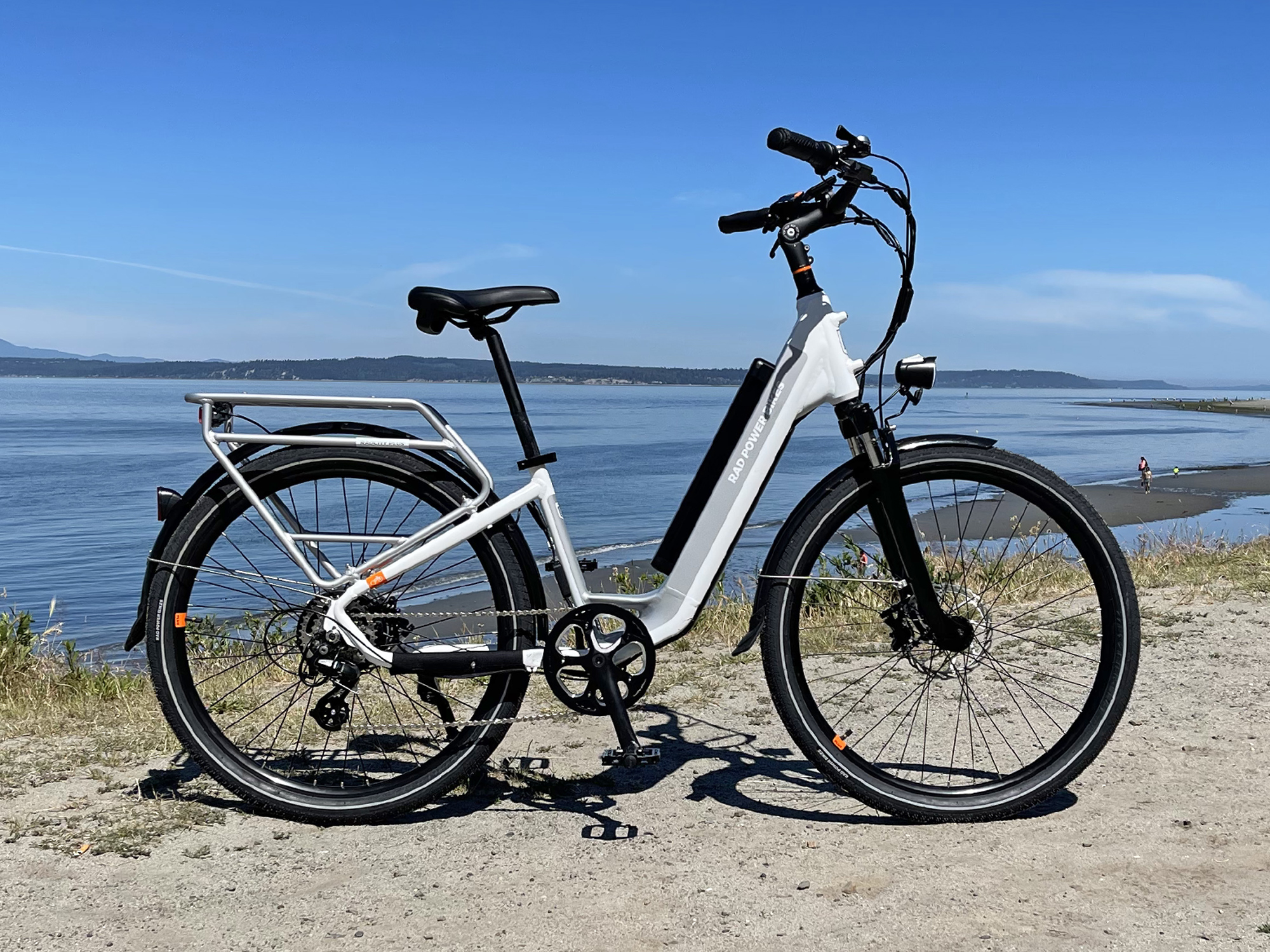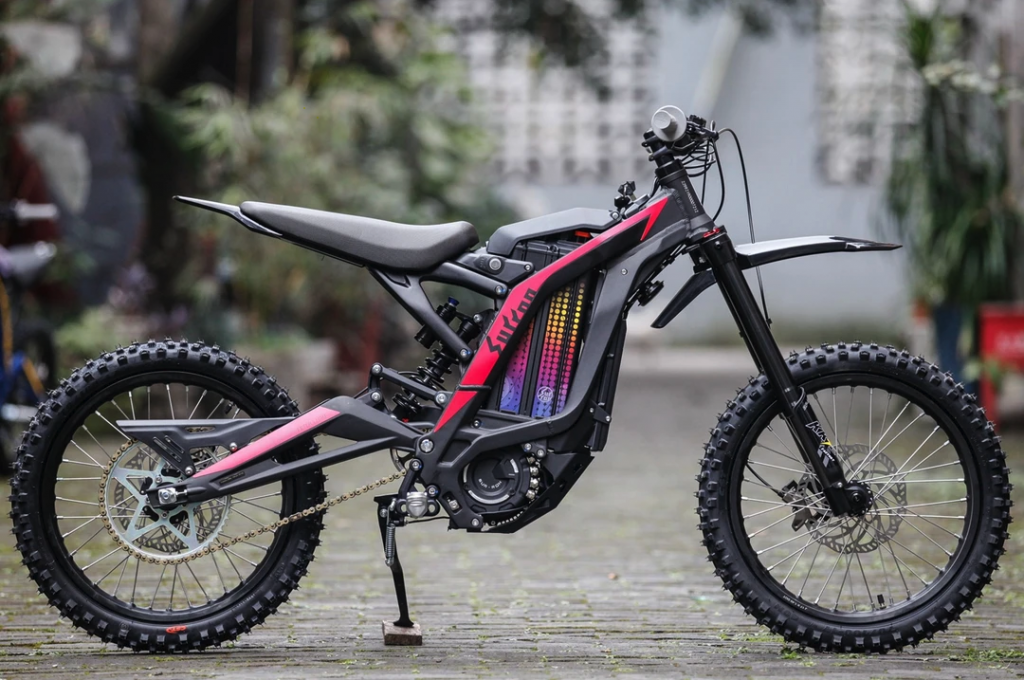Britain has a problem with E-bikes, it doesn’t know what they are, and nothing has shown this more clearly than the embarassingly poor national media coverage of the tragic incident in Cardiff where two teenagers were killed during a police chase.
Reporting on it across the BBC, Channel 4, The Guardian, The Daily Mail, The Independent, The Telegraph, and every other news outlet of note in the country has used the term “E-bike” uniformally and made it a prominant detail in virtually all headlines. A quick search for “UK bike crash” on Google News turns up page after page of articles on the incident all using this phrase “E-bike”. However it didn’t involve an E-bike, it involved an electric motorcycle.
It said Saul had been riding a black off-road Sur-Ron e-bike and was followed by officers along Fitzwarren Street and on to Lower Seedley Road at about 14:00 BST before the crash on Langworthy Road.
Salford e-bike rider, 15, killed in ambulance crash was kindest boy, mum says, BBC News
So first let’s look at a typical E-bike. What are they, what do they look like, how fast can they go and who can ride them?
This is the Rad Power RadCity 5 Plus. It’s a well reviewed, well priced E-bike that can be had online for £1,399. It weighs about 30 kg and can be easily lifted by a single person. It has a 250 watt motor which is about half the power of the average Dyson vacuum cleaner, or roughly 4 laptops. It is limited to 15.5 mph as per UK regulations, a speed easily achieved by any healthy adult on a regular bicycle. These E-bikes can be ridden anywhere a regular bicycle can, by anyone 14 or over.
The most important thing to note is that it’s pedal-assist only. It doesn’t have a throttle, there’s no “go button”. You simply pedal as if it were a normal bicycle and the motor does some of the work for you, cutting out when you reach 15.5 mph. If that still sounds like a fair clip I’d invite you to consider how slow a 20 mph zone feels in your car, then consider slower still, and then consider that is a government mandated speed limit enforced on the vehicle. These are not high speeds we’re talking about and you still need to be pedaling to achieve them.
Now let’s get back to the Sur-Ron “E-bike”.
The Sur-Ron LightBee X photographed above is an electric motorcycle. In the UK they can be purchased exclusively from Motorbike and Quad dealerships, and they typically run for £4000 to £6000 depending on the model and distributor. Every model bar one is explicitly listed as non-road legal with the road legal version weighing in at over 50kg, heavier than a lot of 50cc scooters.
Lastly it has a 3,000 watt motor capable of bursting to 6,000 watts and generating 250 N.M. of torque, several times that of any petrol dirt bike. The Sur-Ron website boasts a top speed of “45 mph+” and the ability to ride up a 45 degree incline.
This is a motorcycle in every meaningful sense. It has no pedals, it is self propelled, it has a powerful motor, it travels at vehicular speeds. The top model is even sold, licensed, MOT’d, insured and road taxed as one. All of the marketing and excitement around it promotes it as exactly that and electric motorbikes are rapidly becoming the vehicle of choice for professional off road motorcycle competition. If it looks like a duck and sounds like a duck, it’s probably a duck.
To drive the point home, here is a video of an Electric Motorbike enthusiast breaking 70 mph on his slightly modified version. In this video it peaks at 11,500 watts, 46 times the legal maximum power output for an E-bike in the UK.
While a tragedy that deserves action this simply isn’t an E-bike problem and treating it as such achieves nothing. This was a non-road legal motorbike purchased as a gift for a 15 year old, the fact that motorbike happened to have an electric motor instead of a petrol one is of no consequence whatsoever.
This widespread disinformation is deeply frustrating for two reasons:
First, it shifts the blame and attention away from South Wales Police’s shocking misconduct in deciding to chase the riders in the first place. A police car had absolutely no chance of catching this kind of vehicle and their attempts to do so demonstrate flagrant disregard for the CoP’s rules on Police Pursuits. Their decision to pursue created a massive unnecessary risk to both riders and the general public, this situation is awful but it could have turned out even worse. On top of this they lied about the chase for an entire day, only admitting the possibility of fault after public CCTV footage left them cornered.
Second, it feeds yet more disinformation into the already poisoned public discourse around electric micromobility, E-bikes and cycling in general. E-bikes aren’t monster machines with the power to wipe out an ambulance, they’re just bicycles that make pedaling less effort. The Netherlands has the highest per-capita cycling rate of any country in the western world and data obtained by the Dutch government shows that E-bike ridership has almost no effect on cycling speeds. Far from a speed thrill for the young, E-bikes have largely served the elderly by maintaining their mobility and independence much further into old age, and served everyone else by increasing the distances that can be comfortably cycled.
Part of the increased bicycle use is accounted for by the e-bike, which is increasingly being used not only by the elderly but also by adults under the age of 65. This is often at the expense of regular bicycles and public transport.
People mainly choose the e-bike because it is more comfortable, not so much because of the speed. The speed differences between e-cyclists and regular cyclists are limited: 13.0 and 12.4 kilometers per hour respectively. However, an average of 5.3 kilometers is covered per trip by e-bike. This means that the range of the e-bike is one and a half times that of the regular bicycle. The maximum acceptable cycling distances (defined as the distance within which 90 percent of all trips take place) for e-bikes are almost twice as large (15 km) as for regular bicycles (7.5 km).
We cycle more often and further, VerkeersNet, 2016 (Google Translate)
We face an imminent global climate crisis, getting people out of their cars and on to bikes and other forms of micromobility for as many trips as possible is one of the easiest wins there is. Everywhere it’s been tried it’s been wildly popular, all it takes is a little money and some sane policy, but we can’t get any of that while the people charged with informing the public are clueless or lying about the most foundational facts being discussed. Perhaps if the British media took even 1% of the energy they’ve spent asking “what is a Woman” and just googled “what is an E-bike” they might actually achieve something good for once.

